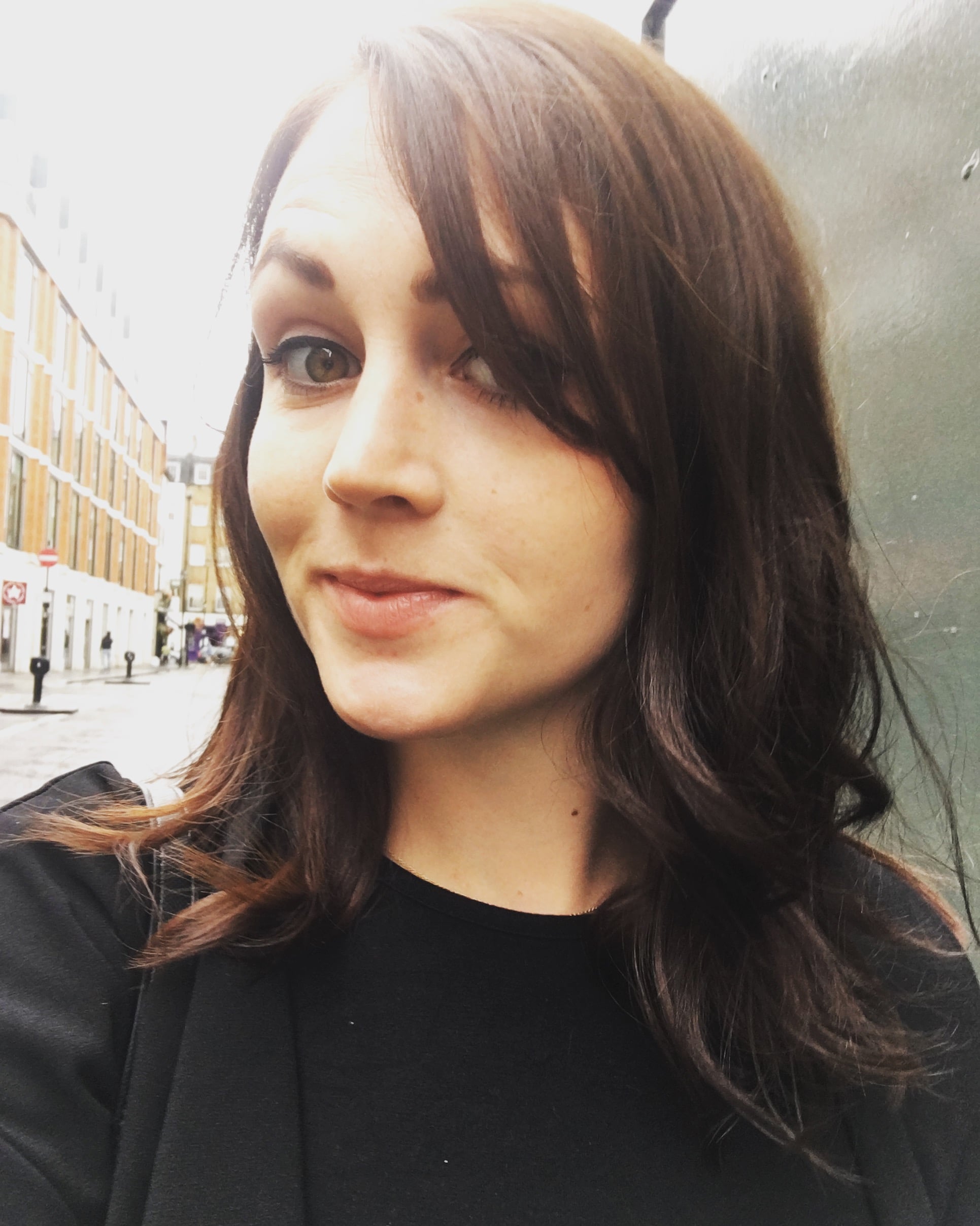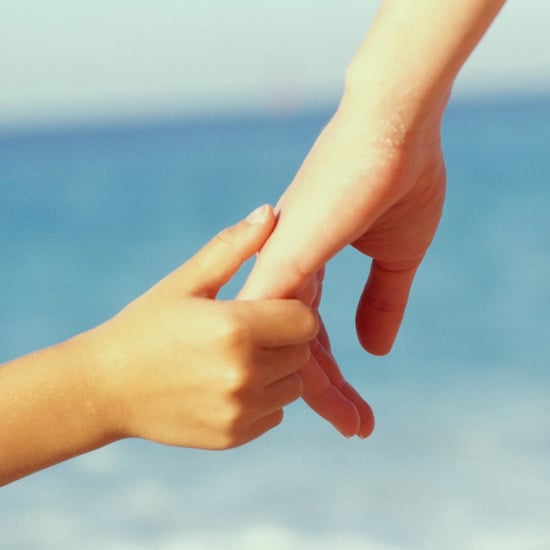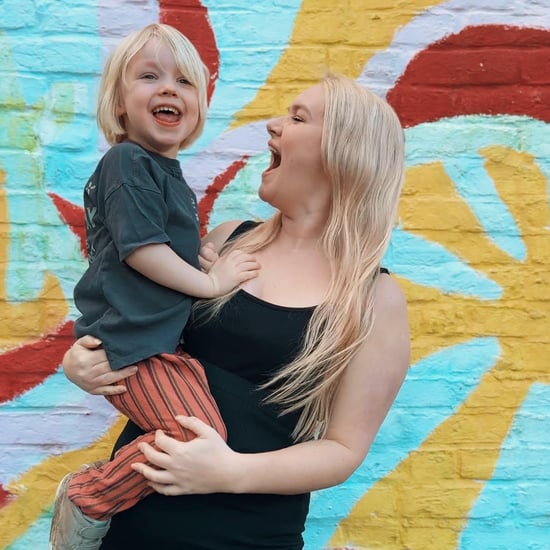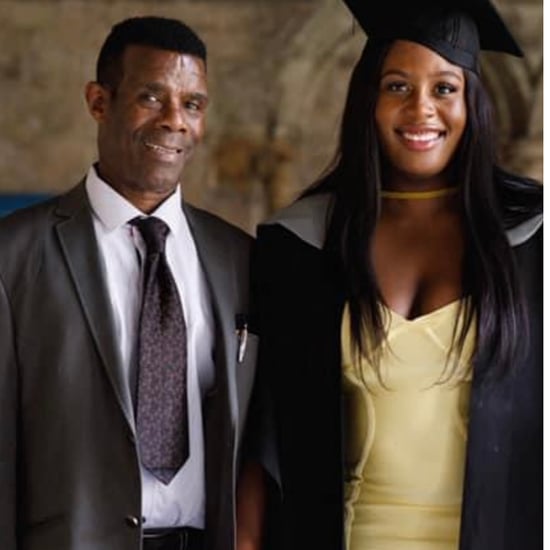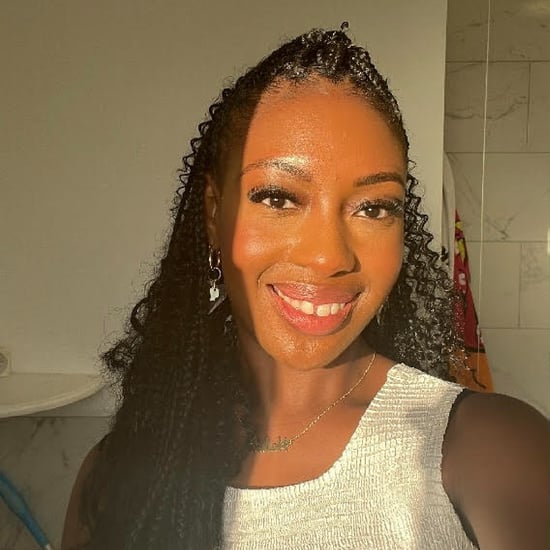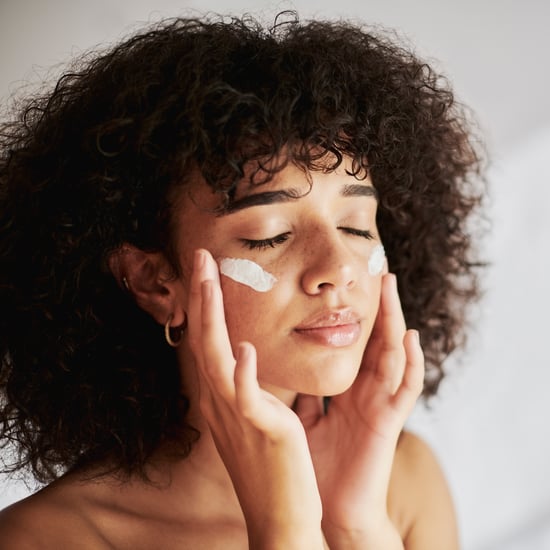How to Cope With Going Grey as a Teenager
My Hair Started Going Grey When I Was 16; Here's What I've Learned 10 Years Later

Image Source: Getty / Andreas Kuehn
When I was a teenager, my friends were spending their weekend job wages on Maybelline Dream Matte Mousse and thick black eyeliner to wear to school. I, however, was spending my money on cheap box hair dye in a bid to cover up the increasing amount of grey hairs that had already begun to take over my head. At such a formative age, going grey while my friends all had beautiful, long, glossy brown hair was one of the worst things that could happen. Finding wiry hairs while in the Topshop changing rooms, and staying in there for half an hour attempting to pluck them out, remains a traumatic memory of my childhood. I did it, despite the terrifying wives' tale that pulling one out will cause two more to grow back.
Ten years later, being grey is now something the cool kids pay money for. Kylie Jenner, Ariana Grande, and Lady Gaga are just some of the celebrities hitting the headlines for "embracing the grey." A quick glance along the beauty counter, and most hair colour brands offer grey hair dye and upkeep kits, as this has become one of many trends for young women. The Instagram hashtag #greyhair has an amazing 1.6 million posts, while #greyhairdontcare has nearly 200,000. And that's before you even take into account they spell it "gray" in the USA.
Real grey hair springs out between dark brown hair, accentuating the strands like a flashing neon light.
Sadly, this faux grey couldn't be much further from real grey, which is the opposite of the chic and glossy look it pretends to be. This makes it even harder to explain why going grey can be such a chore and disappointment.
Real grey hairs spring out between dark brown hairs, accentuating the strands like a flashing neon light. They're wiry and coarse, spiralling out from the top of the head to show off to anyone looking. Don't even bother trying to tie up your hair; this just shows off the rest of them that stayed hidden underneath. Often, when I try to explain how I am grey at the age of 26 (and have been since I was a teenager), I get a laugh from friends, before I lift the hair to show the roots. Then come the exclamations of "crikey, you are" that end the joke. Hairdressers do the opposite; they are quick to point them out as well as chide me for using cheap, at-home dye kits. But as you can see, they work.
Image Source: Kara Godfrey
Statistics have shown that the average age that women start to see grey hair is in their early 30s. Studies of women going grey under the age of 20, however, are lacking, despite a quick google for "grey hair in your teens" bringing up hundreds of panicked teenagers on forums asking if this is normal.
Even if expensive faux-silver hair is stylish, the reality can be far from it, and I don't blame anyone for wanting to hide those early signs of grey hair. Thankfully, hiding grey hair can be done through a number of techniques. Box dye is cheap: a DIY job every month costs less than £10, with L'Oréal Preference Infinia being a favourite of mine (I use the shame 5 Palma, which is perfect for dark-haired people). But along with this comes numerous t-shirts and bathrooms splattered with ugly brown stains, having spent half an hour perched on the edge of the bathtub while trying not to drip the thick, viscous liquid. Attempts at going lighter — something that can help prevent grey hair from being so obvious in dark hair — were an expensive mistake. The light brown upkeep took £70 every six weeks at a salon. A quick suggestion to go blonde to my hairdresser was met with horror and a quick dismissal unless I wanted to ruin my natural hair for good.
It mostly seems to boil down to genes; if your mother went grey earlier, chances are you will too.
What causes premature grey hair is still contested. Smoking, stress, and bad diet are all suggested links in studies. Yet it mostly seems to boil down to genes; if your mother went grey earlier, chances are you will too. My blonde mother says she has no idea when she starting going grey, yet my older sister admitted she spotted her first few grey hairs years before I did in my teens.
Despite numerous articles and admissions that say to embrace the grey, seeing how Kate Middleton and Meghan Markle were vilified in the press for (shock, horror) having a few greys in their parting shows how little things have changed. The beauty industry is becoming more inclusive by the day, as ASOS uses models with stretch marks and Missguided embraces women with cellulite on its website. Yet grey hair seems to still be something we cannot admit to being a natural part of life and is another way ageing is feared.
After 10 years, I have come to terms with my grey hair upkeep, which has begun to spread to rogue greys in both eyebrows and eyelashes, and friends of mine in their 30s are finally falling victim to their first wiry strands. While I am not brave enough to fully Free the Grey just yet, I won't be afraid to admit to it, and even show them off between dye jobs if needed to help young women realise we should be proud and they are a symbol that we have been lucky enough to age when others have not.
